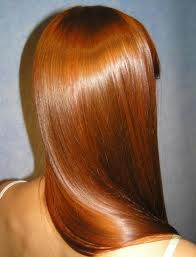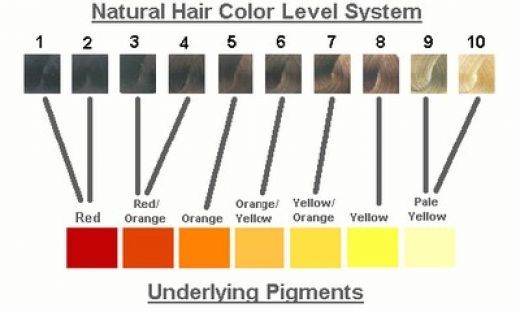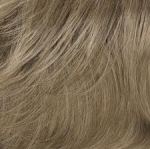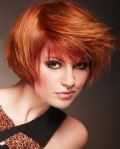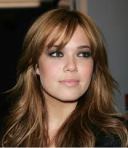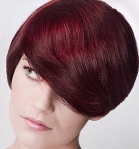(If you missed part 1 or part 2 or part 3 click here)
Determining the Hair’s Condition
There is still another very important factor that is necessary to know when understanding hair color. This is the condition of the hair. Is the hair healthy? Is it dry or oily? Is the hair over-processed or dull?
Shiny hair is not only a coveted feature; it is also a sign of healthy hair.
Remember that the hair cuticle looks like scales or shingles? When the hair is healthy, the scales on a cuticle overlap tightly and lie flat, causing light to be reflected. Think about it like a pond on a calm day. The water is so smooth that everything around it is perfectly reflected. If the hair becomes damaged, the scales separate and the hair becomes rough. Now, think about the pond image again. On a windy day, the pond is rippled and little or no reflection is seen. Just like the pond on a windy day, the hair will appear dull because the light will not be able to reflect from it’s rough surface.
Hair also has natural oil called sebum in it. Sebum is produced by the sebaceous glands and it’s main purpose is to protect the hair by keeping it from drying out and also adds shine.
Another way to evaluate the hair is by its elasticity. Elasticity is the amount the hair will stretch and return to its natural state. When hair is healthy, it will stretch up to 50% of it’s length without breaking. If the hair is dry, lacking moisture, it will only stretch up to 20% before it breaks. (Try either our Rejuvenate Organic Shampoo & Conditioner or our Bliss Organic Shampoo & Conditioner, both excellent at adding moisture to the hair.)Over-processed or damaged hair is lacking in protein and when stretched, will not return to its previous length. If the hair breaks, it is also damaged, and is lacking in both protein and moisture. (To add much needed protein to your hair, try Tuff’N Up Organic Shampoo & Conditioner. This is a marvelous hemp oil protein shampoo that will do your hair wonders!)
Hair can vary in degrees of porosity, too. Hair that can absorb & retain moisture has a good porosity level. Over-porous hair may feel slimy when wet and dry and brittle when dry. This is a sign of damaged hair that lacks protein. (Again, the Tuff’N Up would be an ideal choice.)Poor porosity can result when:
* Hair is longer, therefore the hair is older
- Poor diet or health
- Hair exposed to the environment, such as too much sun exposure
- Over use of heated styling tools
- Improper formulated shampoos or other hair care products
- Chemical treatments, such as relaxers, bleaching, etc.
Split ends are a sign of dry, damaged hair at the ends. These should simply be trimmed off for best color results.

